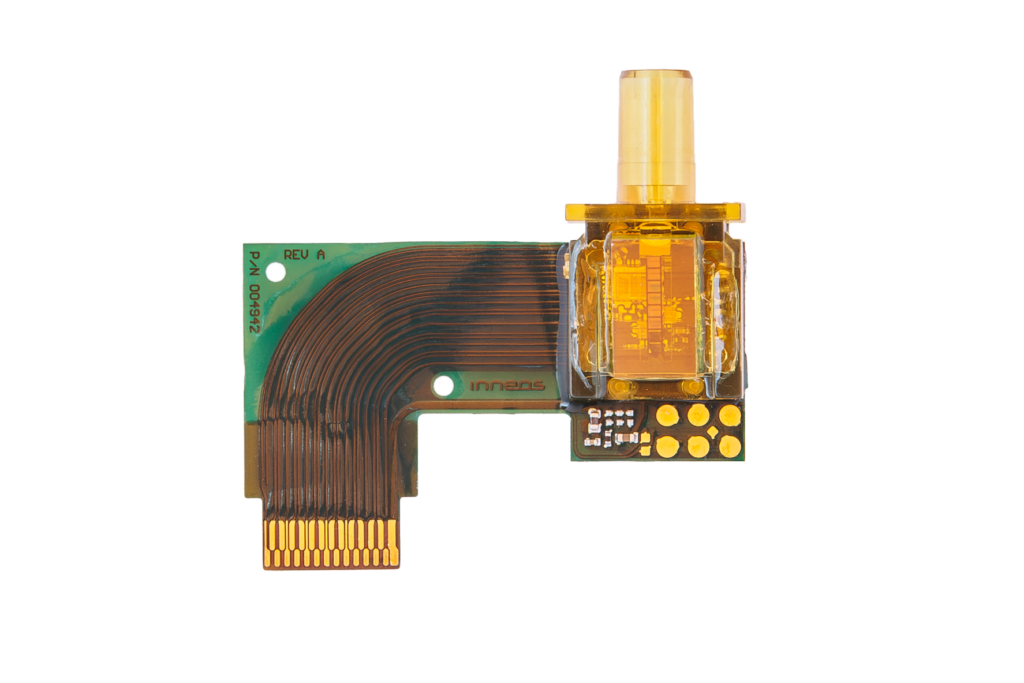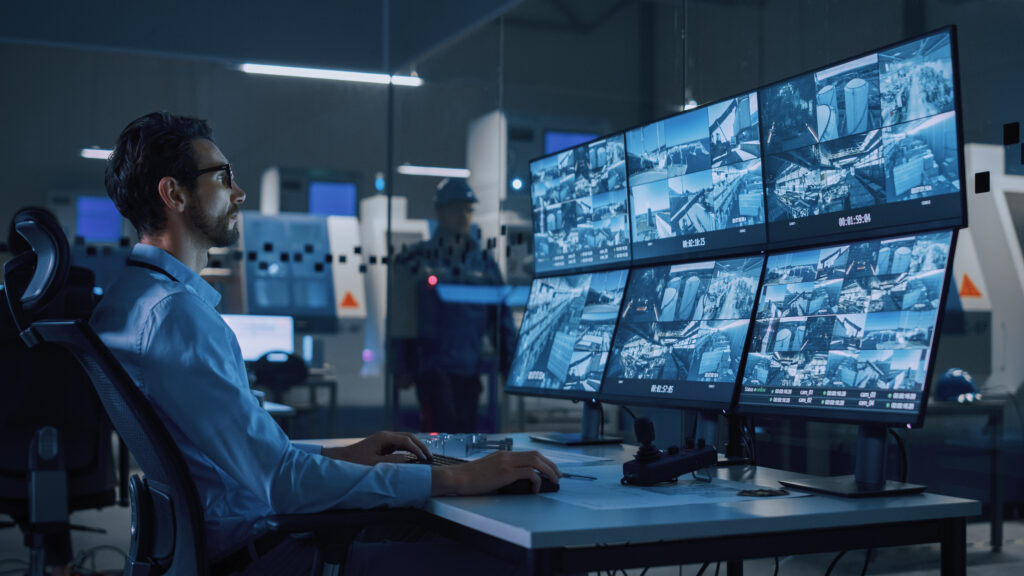In the rapidly evolving landscape of commercial and industrial surveillance, the demand for high-resolution, real-time video transmission is at an all-time high. As technology advances, so do the challenges associated with implementing effective and secure surveillance systems, particularly how to route the data from the video feeds back to a central monitoring location. Using video over IP for high-bandwidth surveillance video presents several significant challenges. One of the foremost issues is the high network usage, as transmitting large amounts of data can easily congest the network, leading to performance bottlenecks.
Additionally, video over IP is highly susceptible to hacking and security compromises, making it difficult to ensure the confidentiality and integrity of surveillance feeds. The complexities of network setup and configuration further exacerbate the problem, requiring specialized knowledge and often resulting in increased deployment times and potential misconfigurations. Moreover, the costs associated with maintaining a 10G or 25G Ethernet switch and network can be substantial, adding financial strain to organizations seeking to implement robust surveillance systems.
These challenges highlight the need for more secure, efficient, and cost-effective solutions, such as the Inneos Raptor optical subsystem (OSA). Inneos, a pioneer in optical subsystems, offers a groundbreaking solution with its short wavelength division multiplexing (SWDM) technology for single fiber video transmission. This innovative approach promises to transform surveillance by providing secure, uncompressed 4K and 8K video over long distances without the need for serialization or compression. Let’s explore how Inneos’ technology can benefit system designers and end users alike.

The Technology Behind Inneos Optical Subsystems
Inneos’ optical subsystems leverage SWDM to transmit native video by allocating each video channel to its own optical wavelength. This eliminates the need for serialization, which typically adds latency, and compression, which often reduces image quality and increases power consumption.

By performing complete electrical to optical conversion, Inneos’ subsystems transmit data over a single industry-standard fiber, ensuring high-quality video transmission over long distances. Plus, SWDM allows for simultaneous bi-directional data transmission, so with Raptor’s 3.25 Gbps bi-di link, control information can be sent to the remote surveillance camera over the same fiber without impacting the video feed.
Benefits to System Designers
System designers face the challenge of integrating high-resolution surveillance systems that require long cable runs, often in complex and demanding environments. Long cable runs can adversely impact the signal integrity when using traditional copper cables, and fiber solutions have typically required an in-depth knowledge of optoelectronics and specialized assembly tools, a significant barrier to overcome for implementing the fiber connectivity. Inneos’ optical subsystems offer several key benefits that address these challenges and make it easy to integrate optical technology:
Complete Compact Optical Subassembly: Inneos’ subsystems are small and compact, requiring no specialized optical knowledge for integration. This plug-and-play solution simplifies the design-in process and reduces assembly touch-time.
Native Video Support: Inneos’ technology supports native video transmission, eliminating the need for SERDES (serializer/deserializer) components. This simplifies the system design and reduces complexity.
Uncompressed Video: By transmitting uncompressed video, Inneos ensures there is no added latency. This is crucial for applications requiring real-time video analysis and monitoring.
Reduced Power Consumption: The elimination of SERDES components leads to significant power savings, making the system more energy-efficient and cost-effective.
Future-Proof Architecture: The same optical hardware supports both 4K and 8K video, allowing for easy upgrades and future-proofing of the surveillance system.
Benefits to End Users
For end users, the primary concerns are often security, reliability, and ease of use. Inneos’ optical subsystems deliver on all fronts:
Enhanced Security: Video over IP is inherently risky due to its susceptibility to network breaches. Inneos’ native video transmission over fiber is far more secure, significantly reducing the risk of video feeds being compromised.
Secure Cabling: Unlike copper cables, which can be easily tapped, fiber optic cables are highly secure and resistant to eavesdropping. This ensures that video data remains confidential and protected.
Plug-and-Play Connectivity: Inneos’ solution requires no network configuration, making it extremely user-friendly. This ease of use translates to faster deployment and minimal maintenance.
Resilience to EMI: Fiber optic cables are immune to electromagnetic interference (EMI). This enhances the reliability of the surveillance system, especially in harsh environments.
US-Made Quality: Inneos’ optical subsystems are designed and assembled in the US, ensuring high standards of quality and security. Customers can trust that they are receiving safe, secure hardware and software.
Conclusion
The Raptor Optical Subassembly (OSA) is an ideal solution for surveillance video connectivity, overcoming the limitations of traditional copper and video over IP systems. With support for high-bandwidth, long-distance transmission, Inneos’ technology is well-suited for high-resolution surveillance cameras, ensuring complete security and full-resolution video connectivity at distances up to 3300 feet for 4K video and 1000 feet for 8K video.
Inneos’ optical subsystems represent a significant advancement in surveillance technology, offering unparalleled benefits to system designers and end users. By providing secure, uncompressed video transmission over long distances, Inneos addresses the critical needs of modern surveillance systems. Whether for commercial or industrial applications, Inneos’ SWDM technology is poised to revolutionize the way we approach video surveillance, ensuring higher security, better performance, and greater ease of use. As the demand for high-resolution, real-time video continues to grow, Inneos stands at the forefront, ready to meet the challenges of tomorrow’s surveillance needs.

